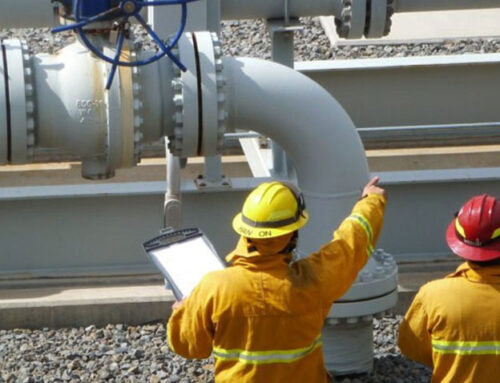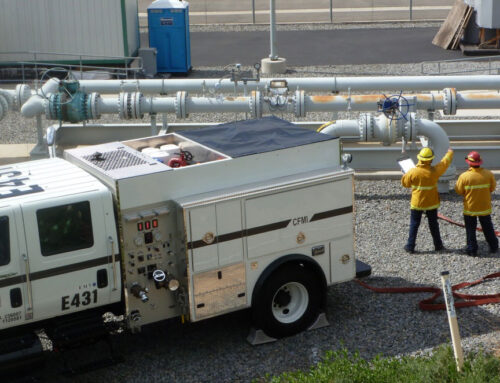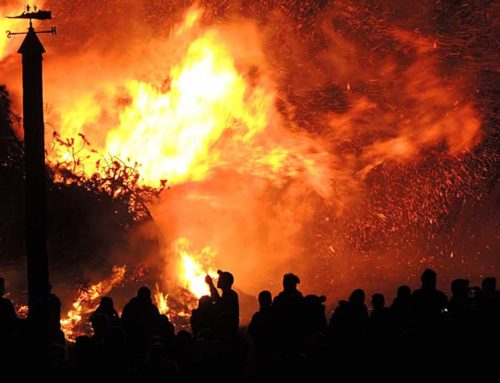With so many fires breaking out throughout California in recent years, business owners and site managers are beginning to acknowledge that Southern California wildfire risk is significant year-round—not just in what used to be considered the late summer to early winter fire season when things are dry. Each month Capstone fire coordinates with local predictive services to determine whether or not there is a significant risk of a wildfire breaking out in a certain area. This gives us an advantage in being able to be prepared year-round, as the wildfire risk is determined based on regular rainfall in the weeks leading up to the start of each month.
How is risk determined?
Wildfire risk is determined by studying recent rainfall and water intake in a certain area, as well as coordination with meteorologists within a local area to determine what the weather will be like in the coming weeks. If there has been very little rainfall in a certain area of Southern California during the month of February, for example, and there is little rainfall predicted during the month of March, then specialists can determine that there might be a higher risk than usual for wildfires to break out during the month of March and possibly into April.
What happens if an area is determined to be “high risk” one month?
Once we are able to determine whether an area will be at a greater risk of igniting into a wildfire, we do our part to alert local authorities and work with intelligence groups to determine the best approach for a change in fire season predictions. This might include working with our clients at Capstone, as well as working with fire safety officials and first responders throughout Southern California, particularly in the San Diego area.
By streamlining the risk assessment for a certain area, we can then determine the outcome of whether or not a fire is likely to break out and adjust our approach accordingly. This might involve alerting certain clients or operations to change their approaches to fire safety, lower fuel usage in certain areas, or even heavily monitor areas that are determined to have a particularly high risk.
What is the forecast for Spring 2020?
According to the predictive services for Southern California, areas near the coast remain significantly at risk through March and April 2020, but are then expected to have a lower risk as we head into the late spring and summer months. Right now, roughly the coastal area from the Bay Area down to the U.S.-Mexico border are at a higher risk of ignition, where the Eastern parts of Southern California remain at a normal risk of igniting into a wildfire. You can read the update from yourself here: https://gacc.nifc.gov/oscc/predictive/outlooks/myfiles/assessment.pdf





